

Articles
How To Keep Curtains In Place
Modified: December 7, 2023
Discover effective methods and tips to keep your curtains securely in place with these informative articles. Transform your living space with practical solutions and prevent any unwanted movements or disruptions.
(Many of the links in this article redirect to a specific reviewed product. Your purchase of these products through affiliate links helps to generate commission for Storables.com, at no extra cost. Learn more)
Introduction
When it comes to dressing up our windows and adding a touch of elegance to our homes, curtains are a popular choice. They not only provide privacy and block out sunlight, but they also add style and personality to any room. However, keeping curtains in place can sometimes be a challenge, especially if you live in an area with strong winds or have children or pets who love to tug on them.
Fortunately, there are several effective methods to ensure your curtains stay put and maintain their desired appearance. In this article, we will explore various techniques for keeping curtains in place, from choosing the right curtain rod to adding curtain weights. Whether you have heavy drapes or lightweight sheer curtains, these tips will help you achieve the perfect look while preventing your curtains from constantly slipping and sliding.
So, let’s dive into the different ways you can keep your curtains securely in place and enjoy a beautiful, well-dressed window!
Key Takeaways:
- Elevate your curtain game by choosing the right rod, installing holdbacks, using tiebacks, or adding weights for a polished and functional window treatment that stays in place.
- Embrace creativity and practicality with tension rods, Velcro, or sewing weights into the curtain hem for a secure and stylish solution to keep your curtains perfectly positioned.
Read more: How To Keep A Shower Curtain In Place
Choosing the Right Curtain Rod
One of the most important factors in keeping your curtains in place is selecting the right curtain rod. The type of curtain rod you choose will depend on the weight and style of your curtains, as well as the type of window treatment you prefer.
When it comes to curtain rods, there are several options available:
- Standard Curtain Rods: These are the most common type of curtain rods and are suitable for lightweight to medium-weight curtains. They typically come in a variety of materials, such as metal or wood, and can be adjusted to fit different window sizes. Make sure to choose a curtain rod that is sturdy enough to support your curtains.
- Tension Curtain Rods: Tension rods are a convenient option as they can be installed without any need for drilling or hardware. They are spring-loaded and can be easily adjusted to fit between two walls or inside a window frame. Tension rods work best with lightweight curtains or sheer panels.
- Decorative Curtain Rods: If you want to add a touch of style and elegance to your windows, decorative curtain rods are the way to go. These rods often come with decorative finials or decorative elements at each end, adding visual interest to your curtains. Just ensure that the decorative rod you choose is strong enough to support the weight of your curtains.
When selecting a curtain rod, pay attention to the weight limit specified by the manufacturer. This will ensure that the rod can bear the weight of your curtains without bending or sagging. Additionally, consider the length of the rod to ensure it extends beyond the window frame, allowing your curtains to hang freely and preventing them from blocking any light or view.
By choosing the right curtain rod for your curtains, you can provide a sturdy foundation for keeping them in place. This will minimize any movement or slipping, allowing your curtains to stay perfectly positioned and maintain their desired look.
Installing Curtain Holdbacks
Curtain holdbacks are an elegant and practical solution for keeping your curtains in place while adding a touch of style to your windows. They are typically mounted on the wall or attached to the window frame at the sides of the window, allowing you to pull your curtains to the side and hold them in place.
Here’s how to install curtain holdbacks:
- Measure and Mark: Start by determining the ideal position for your curtain holdbacks. Measure and mark the spots where you want them to be installed. The most common placement is about two-thirds of the way down the window frame, but you can adjust it based on your preferences and the curtain length.
- Preparation: Once you have marked the positions, ensure that the surface is clean and free of any dirt or dust. This will help the holdbacks adhere properly and prevent them from falling off over time.
- Mounting Bracket: If your curtain holdbacks come with mounting brackets, attach them to the marked positions on the wall or window frame. Use a level to ensure they are straight and aligned properly.
- Attach Holdback: Once the mounting brackets are in place, attach the holdbacks by screwing them onto the brackets or sliding them into place, depending on the design. Ensure that they are securely attached, as they will bear the weight of your curtains.
- Repeat for the Other Side: Repeat the process for the other side of the window, ensuring that both holdbacks are mounted at the same height and distance from the window.
By installing curtain holdbacks, you can easily sweep your curtains to the side, creating an elegant and gathered look. This not only keeps your curtains in place but also allows natural light to enter your space while providing a clear view of the outside.
Furthermore, curtain holdbacks give you the flexibility to adjust the position of your curtains, allowing you to control the amount of privacy and light in the room. Whether you prefer a completely open window or partially draped curtains, holdbacks provide a stylish and functional solution.
Remember to choose holdbacks that complement the style and design of your curtains and the overall decor of your space. With the right holdbacks properly installed, you can enjoy the perfect blend of functionality and aesthetics, keeping your curtains securely in place while enhancing the beauty of your windows.
Using Curtain Tiebacks
If you want a simple and economical way to keep your curtains in place, curtain tiebacks are a great option. They are commonly used with lightweight curtains and offer a quick and hassle-free method to hold your curtains to the side.
Here’s how to use curtain tiebacks:
- Choose Your Curtain Tiebacks: Curtain tiebacks come in various materials, styles, and designs. You can find them in fabric, rope, tassel, or even decorative metal designs. Select tiebacks that complement your curtains and match the overall decor of your space.
- Positioning: Start by positioning your curtains in the desired way. Slide the tiebacks onto the curtains at a height that suits your preference, typically around two-thirds down from the top of the curtain.
- Hold and Secure: Take one end of the tieback and pull it towards the opposite side, holding the curtain in place. Wrap the tieback around the curtain, making sure it is not too tight or too loose. Secure the tieback by tying a knot or using a Velcro fastener.
- Repeat the Process: Repeat the same steps for the other side of the curtain, ensuring that the tiebacks are positioned at the same height and distance from the top of the curtain.
- Adjust as Needed: Once the tiebacks are in place, you can adjust the gather of the curtains to achieve the desired look. Play around with the positioning and tightness of the tiebacks until you are satisfied with the result.
Curtain tiebacks not only keep your curtains neatly pulled to the side but also add a decorative touch to your windows. They can enhance the overall visual appeal of your curtains and help create a more polished and stylish look in your space.
Additionally, curtain tiebacks allow more natural light to enter the room while providing an unobstructed view of the outside. They also give you the flexibility to easily open and close your curtains whenever needed.
Whether you opt for simple fabric tiebacks or ornate tassel tiebacks, you can find a variety of options to suit your personal style and the aesthetic of your room. With curtain tiebacks, you can achieve a functional and fashionable solution to keep your curtains in place with ease.
Using Velcro or Adhesive Tape
If you prefer a more discreet method for keeping your curtains in place, using Velcro or adhesive tape can be an effective solution. This method is particularly useful for lightweight curtains or situations where you want to avoid any hardware or visible attachments.
Here’s how to use Velcro or adhesive tape to keep your curtains in place:
- Clean the Surface: Start by cleaning the surface where you will be applying the Velcro or adhesive tape. Make sure it is free from dust, dirt, or any other debris to ensure proper adhesion.
- Measure and Cut: Measure the length of your curtains that you want to secure. Cut the Velcro or adhesive tape into smaller strips, ensuring they are slightly shorter than the curtain length.
- Attach to the Curtain: Peel the backing off one side of the Velcro or adhesive tape and firmly press it onto the back of your curtain at the desired position. Repeat this process for all sections where you want to secure the curtain.
- Attach to the Wall or Window Frame: Peel the backing off the other side of the Velcro or adhesive tape and press it firmly onto the wall or window frame where you want the curtain to be held. Ensure the tape is securely adhered to the surface.
- Connect and Adjust: Carefully connect the Velcro strips or press the curtain onto the adhesive tape to secure them in place. Adjust the gather or position of the curtains as desired so that they hang exactly how you want them.
Using Velcro or adhesive tape provides a discreet and practical way to keep your curtains in place. Since there are no visible attachments or hardware, this method allows your curtains to hang naturally without any obstructions.
One of the advantages of using Velcro or adhesive tape is that it provides a temporary solution. If you want to change the position or remove the curtains altogether, you can easily detach the Velcro strips or remove the adhesive tape without causing any damage to your curtains or the surface.
Keep in mind that the effectiveness of Velcro or adhesive tape may vary based on the weight and fabric of your curtains. It’s important to choose a high-quality Velcro brand or strong adhesive tape suitable for the task. Test a small area before applying it to the entire curtain to ensure it holds securely.
By using Velcro or adhesive tape, you can ensure your curtains stay in place without the need for visible hardware, giving you a clean and minimalist look while maintaining the functionality of your window treatments.
Use curtain weights or clips to keep curtains in place. You can also sew or attach Velcro strips to the bottom of the curtains and the windowsill to hold them in place.
Read more: How To Keep A Tablecloth In Place
Adding Curtain Weights
If you’re dealing with curtains that tend to sway or move with a gentle breeze, adding curtain weights can help keep them in place. Curtain weights are small objects that are attached to the bottom hem of curtains to provide some extra weight, preventing them from billowing or flying around.
Here’s how to add curtain weights:
- Choose the Right Curtain Weights: Curtain weights come in various forms, such as metal or plastic clips or small weighted objects. Select weights that are suitable for the fabric and weight of your curtains.
- Prepare the Curtains: Lay your curtains flat on a clean surface, ensuring that the bottom hems are straight and even. If there are any wrinkles or folds, iron or steam the fabric to smooth it out.
- Attach the Curtain Weights: Attach the curtain weights to the inside of the bottom hem of the curtains. This can be done by inserting the weight into the fabric folds or using the clips to secure them.
- Distribute the Weights Evenly: If you have multiple curtain weights, distribute them evenly across the bottom hem of the curtains. This will help maintain balance and prevent the curtains from pulling more on one side.
- Test and Adjust: After attaching the curtain weights, hang the curtains and observe their movement. Adjust the position of the weights if necessary to achieve the desired effect. You want the curtains to hang naturally without excessive movement.
Adding curtain weights can be particularly useful for lightweight or sheer curtains that are prone to floating or swaying. The weights provide a subtle and discreet way to keep your curtains in place while maintaining their elegant drape.
It’s important to note that curtain weights may not be suitable for all types of curtains or window treatments. Consider the fabric and style of your curtains before deciding to add weights. For heavier curtains or draperies, you may not need additional weights as they tend to naturally hang straight and stay in place on their own.
Furthermore, be cautious when using curtain weights on curtains made of delicate or sheer fabrics, as the presence of weights may affect the overall appearance. Always test a small area before adding weights to the entire curtain to ensure it achieves the desired result without causing any damage or distortion.
By adding curtain weights, you can enjoy curtains that stay in place, even in breezy conditions. They provide that extra bit of stability, making your curtains look neat and polished while preventing any unwanted movement.
Using Tension Rods
If you’re looking for a hassle-free and drill-free option to keep your curtains in place, tension rods are a great choice. Tension rods are adjustable rods that can be easily installed between two walls or inside a window frame, providing a secure anchor for your curtains.
Here’s how to use tension rods to keep your curtains in place:
- Measure and Select: Start by measuring the width of your window frame or the space where you want to install the tension rod. Choose a tension rod that matches or slightly exceeds the measurement to ensure a snug fit.
- Prepare the Rod: Extend the tension rod to its full length. Locate the thin and smooth end of the rod; this is the side that will face the wall or window frame. If your tension rod has an adjustable bracket, position it in the middle or where you prefer the curtain to hang.
- Positioning: Hold the tension rod at an angle and position it inside the window frame or wall, with the thin end touching the surface. Gradually twist or rotate the rod clockwise or counterclockwise until it expands and fits securely into place. Ensure that the rod is level and straight.
- Hang the Curtains: Once the tension rod is properly installed, you can hang your curtains. Slide the curtain loops or hooks onto the rod and adjust the position and gather according to your preference.
- Adjust and Secure: If needed, adjust the tension rod to ensure it is securely in place and the curtains are properly aligned. Some tension rods may have a locking mechanism or a grip at the end, allowing you to tighten and secure the fit.
Tension rods offer convenience and versatility, allowing you to easily remove or adjust your curtains whenever desired. They are particularly useful for lightweight or sheer curtains and work well in spaces where permanent fixtures or drilling is not possible or preferred.
It’s important to choose a high-quality tension rod that can support the weight of your curtains without bending or sagging. Avoid overextending the rod beyond its recommended length to ensure it remains stable and secure.
Tension rods not only keep your curtains in place but also offer flexibility in terms of curtain placement and styling. You can position them higher or lower on the window frame to create different looks or use multiple tension rods to layer curtains or add a valance.
Whether you’re renting a space, want a temporary solution, or simply prefer a quick and easy installation method, tension rods are a practical and efficient choice for keeping your curtains securely in place.
Sewing Weights into the Curtain Hem
If you’re skilled with a needle and thread or have access to a sewing machine, sewing weights into the curtain hem is a reliable and effective method to keep your curtains in place. By adding weights directly to the bottom hem, you can minimize the movement and ensure that your curtains hang straight and neatly.
Here’s how to sew weights into the curtain hem:
- Select the Right Curtain Weights: Curtain weights can come in various forms, such as small metal or plastic objects, drapery weights, or even small coins encased in fabric. Choose weights that are appropriate for the weight and fabric of your curtains.
- Measure and Prepare: Lay out your curtains on a flat surface and measure the width of the hem. This will help determine how many weights you need and the spacing between them. Consider the length of the curtains and the desired amount of weight to be added.
- Attach the Weights: Starting from one end of the hem, position the weights evenly along the bottom edge of the curtain. Use small, discreet stitches to secure each weight in place. Make sure to sew through both the fabric and the weight to ensure a strong and secure attachment.
- Distribute the Weights: As you sew each weight, distribute them evenly across the width of the curtain. This will help maintain balance and prevent the curtains from pulling more on one side.
- Test and Adjust: After attaching the weights, hang the curtains and observe how they hang. Adjust the positioning and distribution of the weights if necessary to achieve the desired effect. You want the curtains to drape naturally and hang straight without any excessive movement.
Adding weights to the curtain hem is particularly helpful for curtains made from lightweight or sheer fabrics that are prone to floating or billowing. The weights provide a subtle and hidden way to keep the curtains in place, while preserving their elegance and drape.
Keep in mind that sewing weights into the curtain hem may require some sewing skills or access to a sewing machine. If you’re not confident in your sewing abilities, it’s best to consult a professional seamstress or tailor who can assist you with the process.
Additionally, be mindful of the type and weight of the fabric when adding weights. Delicate or lightweight fabrics may require smaller or lighter weights to avoid pulling or distorting the fabric.
By sewing weights into the curtain hem, you can enjoy curtains that hang beautifully and remain in place, creating a polished and finished look for your windows.
Frequently Asked Questions
1. How do I know what type of curtain rod to choose?
When selecting a curtain rod, consider the weight and style of your curtains, as well as the type of window treatment you prefer. Standard curtain rods are suitable for lightweight to medium-weight curtains, tension rods are convenient and drill-free, and decorative rods add a touch of style to your windows.
2. Can I use curtain tiebacks with any type of curtains?
Yes, curtain tiebacks can be used with various types of curtains, including lightweight, medium-weight, and even heavy curtains. However, it is important to ensure that the tiebacks are strong enough to hold the weight of your curtains.
3. Are Velcro or adhesive tape strong enough to hold my curtains in place?
Velcro and adhesive tape can be effective solutions for holding lightweight curtains in place. However, it is crucial to choose high-quality Velcro or adhesive tape that is suitable for the task and test a small area before applying it to the entire curtain.
4. How do curtain weights help keep curtains in place?
Curtain weights add extra weight to the bottom hem of the curtains, preventing them from billowing or flying around. They are especially useful for lightweight or sheer curtains that are prone to moving with a gentle breeze.
5. Can I use tension rods for heavy curtains?
Tension rods work best for lightweight to medium-weight curtains. If you have heavy curtains or draperies, it is recommended to use a sturdier curtain rod that can support the weight without compromising the stability of the tension rod.
6. Is sewing weights into the curtain hem a permanent solution?
Sewing weights into the curtain hem is a more permanent solution compared to other methods discussed. However, it is still possible to remove or adjust the weights if needed.
Remember, the specific requirements for keeping curtains in place may vary based on the weight, fabric, and style of your curtains. It is important to choose the appropriate method that suits your curtains and preferences best.
Read more: How To Keep A Duvet In Place
Conclusion
Keeping curtains in place is essential for maintaining a polished and functional look in any room. Whether you’re dealing with lightweight sheer curtains or heavier drapes, there are numerous methods available to ensure your curtains stay put and enhance the overall aesthetic of your space.
In this article, we explored various techniques for keeping curtains in place, including choosing the right curtain rod, installing curtain holdbacks, using curtain tiebacks, employing Velcro or adhesive tape, adding curtain weights, using tension rods, and sewing weights into the curtain hem.
Depending on your preferences, budget, and type of curtains, you can select the method that best suits your needs. Curtain holdbacks and tiebacks offer an elegant solution, while Velcro or adhesive tape provide convenience and minimal visibility. Curtain weights can prevent movement, and tension rods offer a drill-free option. Sewing weights into the curtain hem allows for a more permanent solution for keeping curtains in place.
Remember, it’s important to consider the weight, fabric, and style of your curtains when choosing the appropriate method. Always test and adjust as needed to achieve the desired look and functionality.
By implementing these methods, you can ensure that your curtains remain securely positioned, adding style and sophistication to your windows while maintaining privacy and light control in your space.
So, go ahead and choose the method that works best for you, and enjoy the beauty and functionality of well-dressed, perfectly positioned curtains in your home!
Frequently Asked Questions about How To Keep Curtains In Place
Was this page helpful?
At Storables.com, we guarantee accurate and reliable information. Our content, validated by Expert Board Contributors, is crafted following stringent Editorial Policies. We're committed to providing you with well-researched, expert-backed insights for all your informational needs.

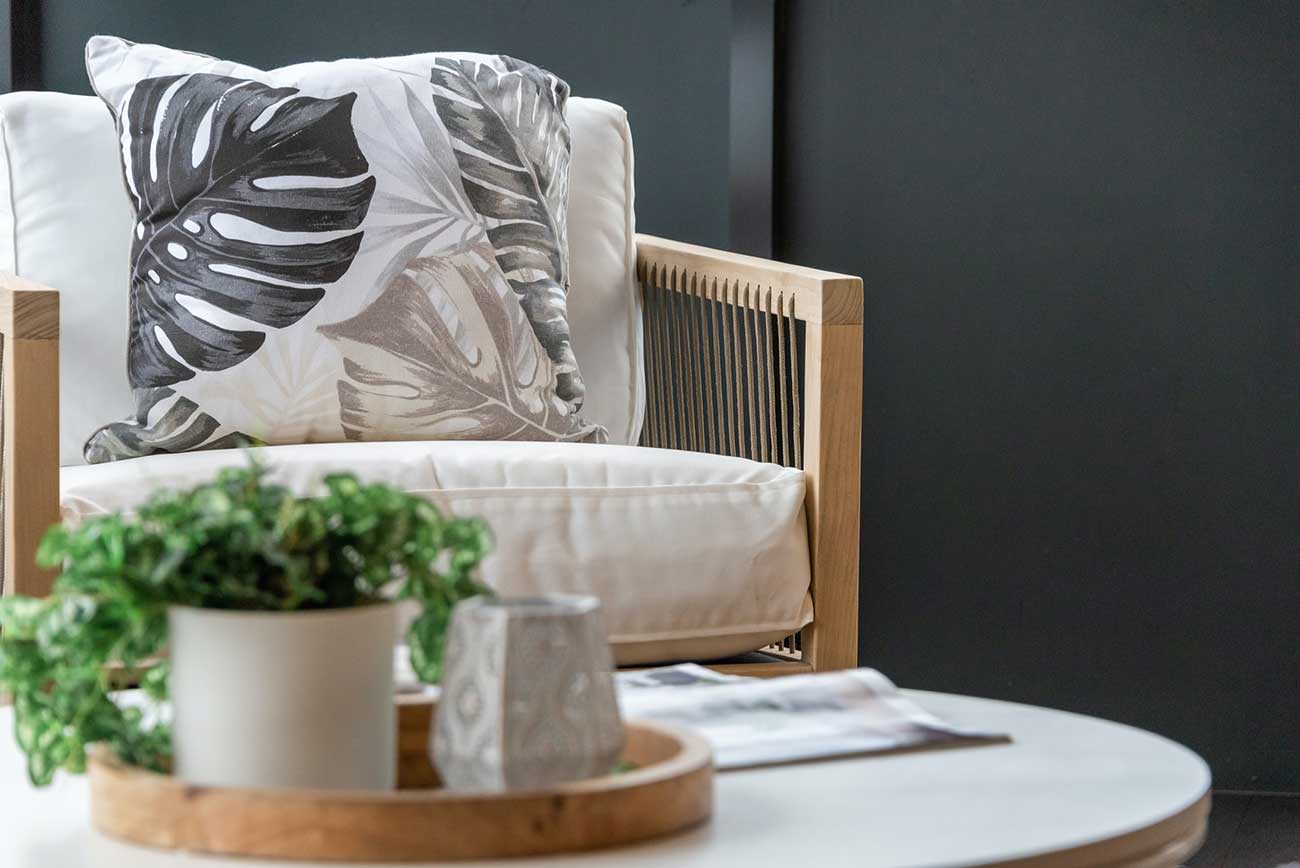
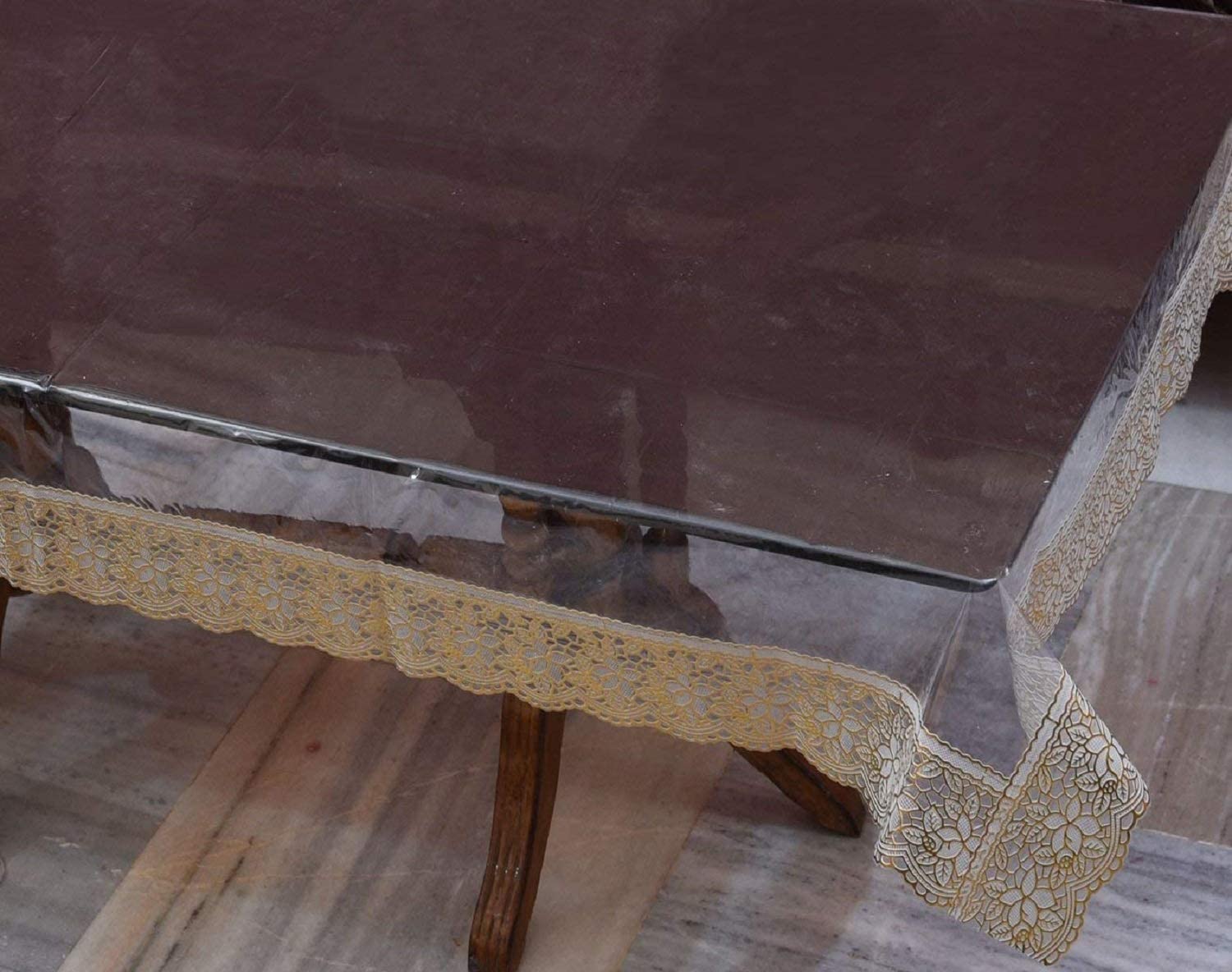

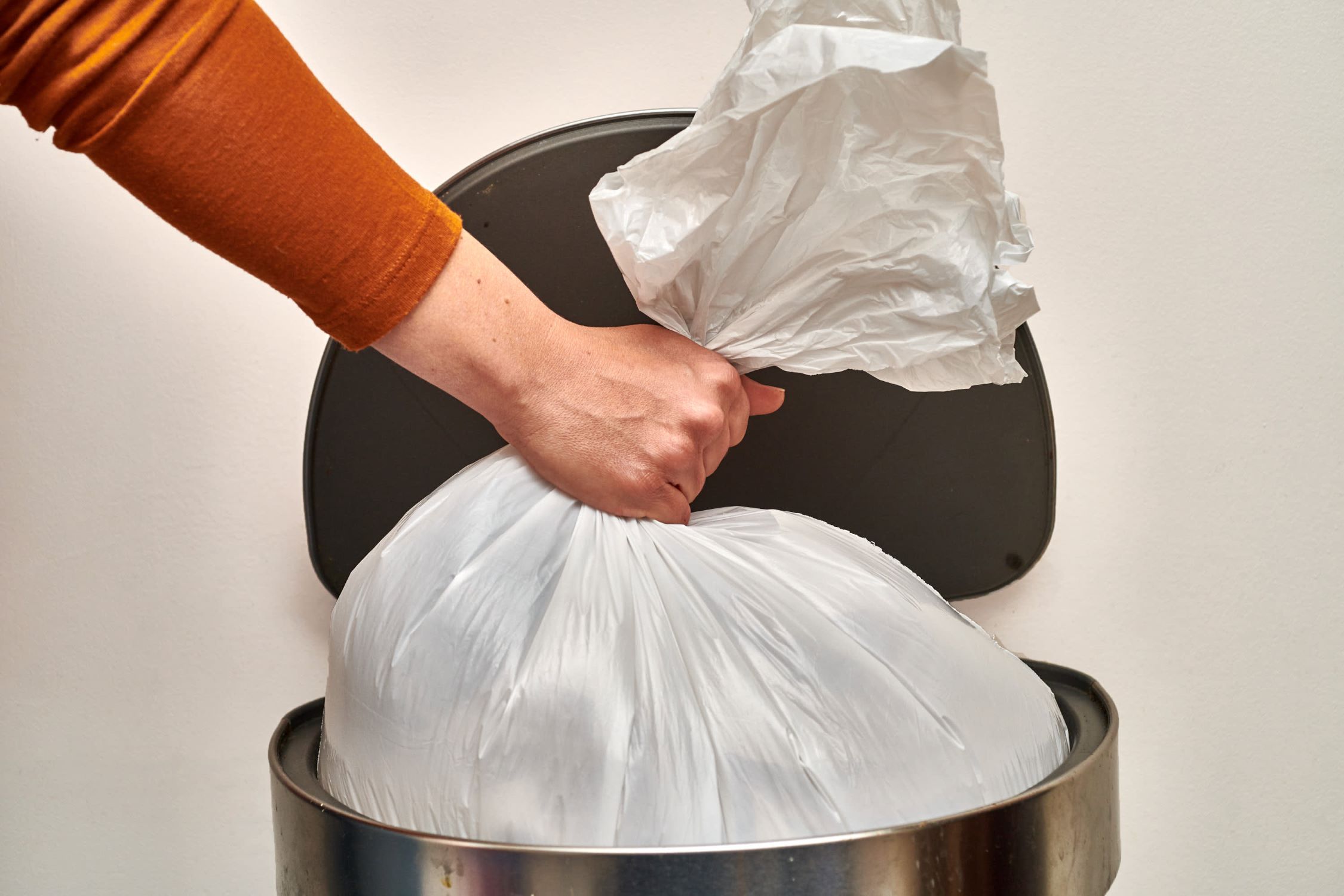
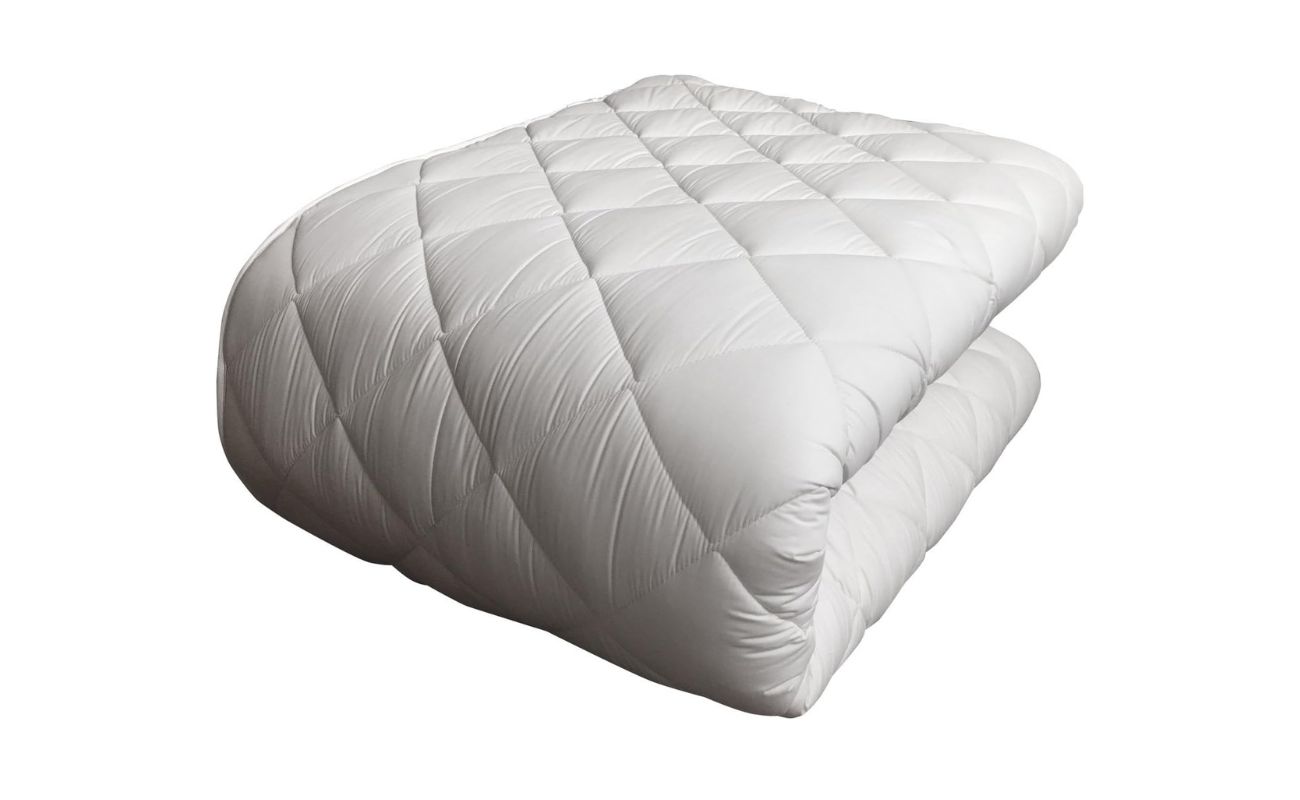
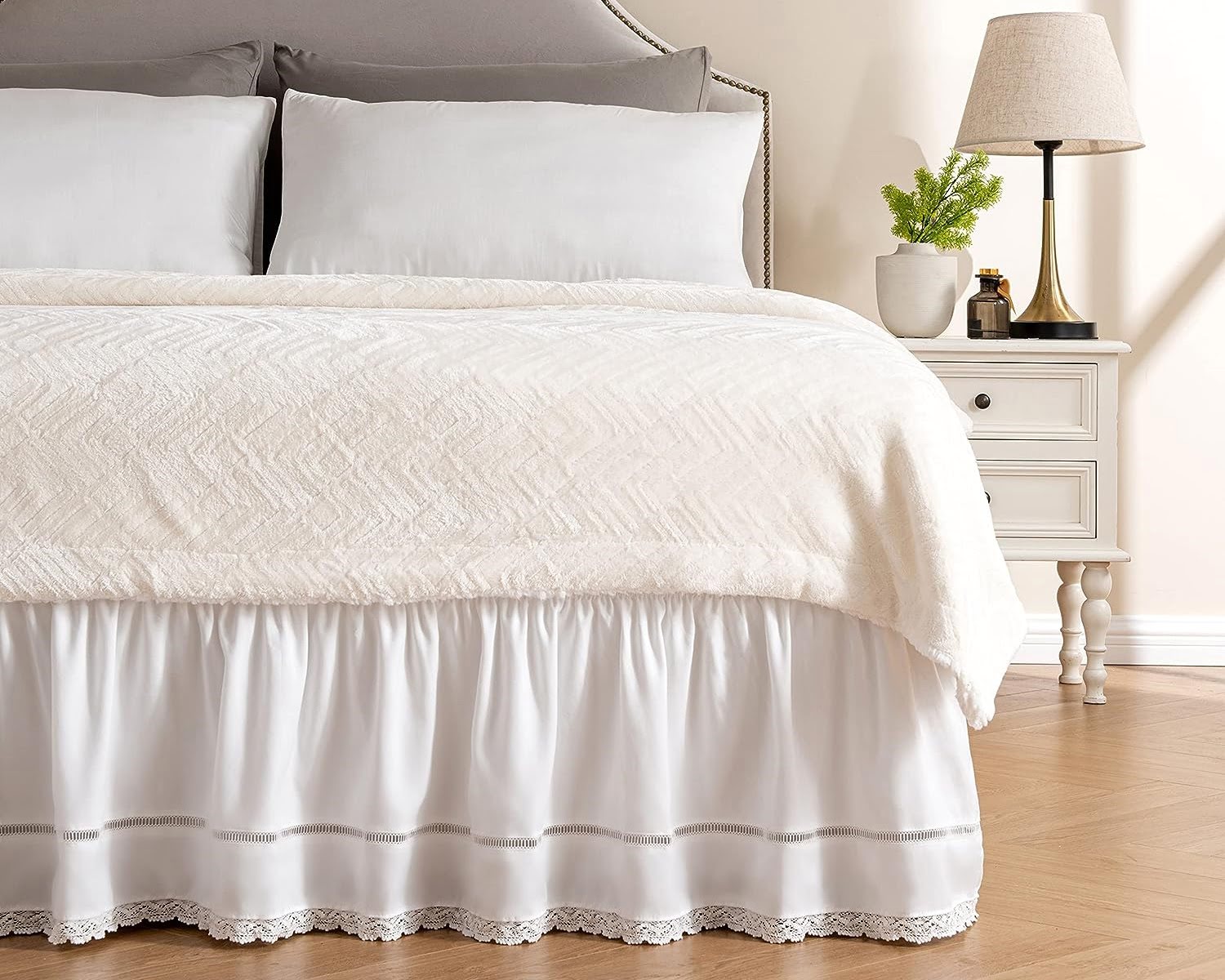
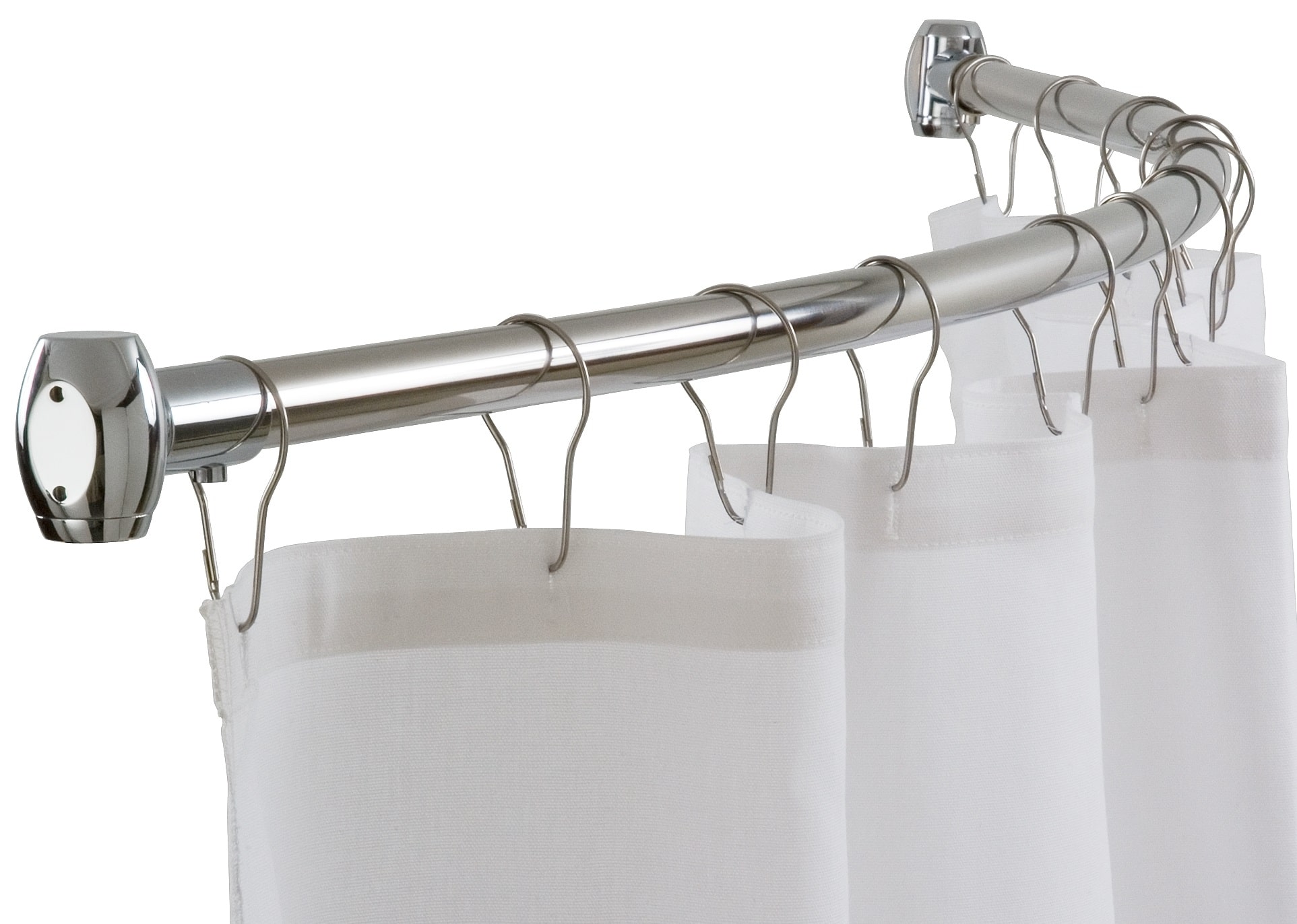

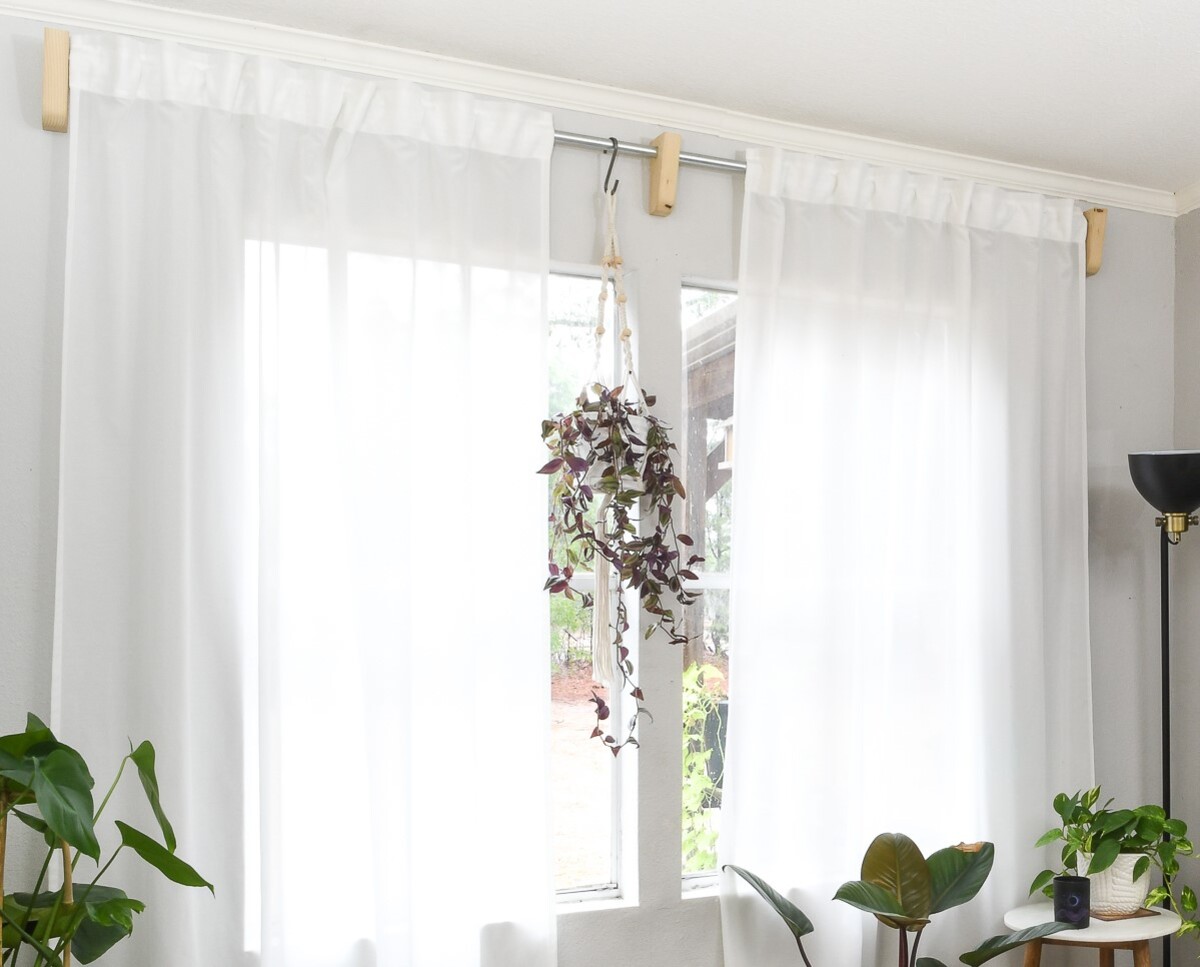
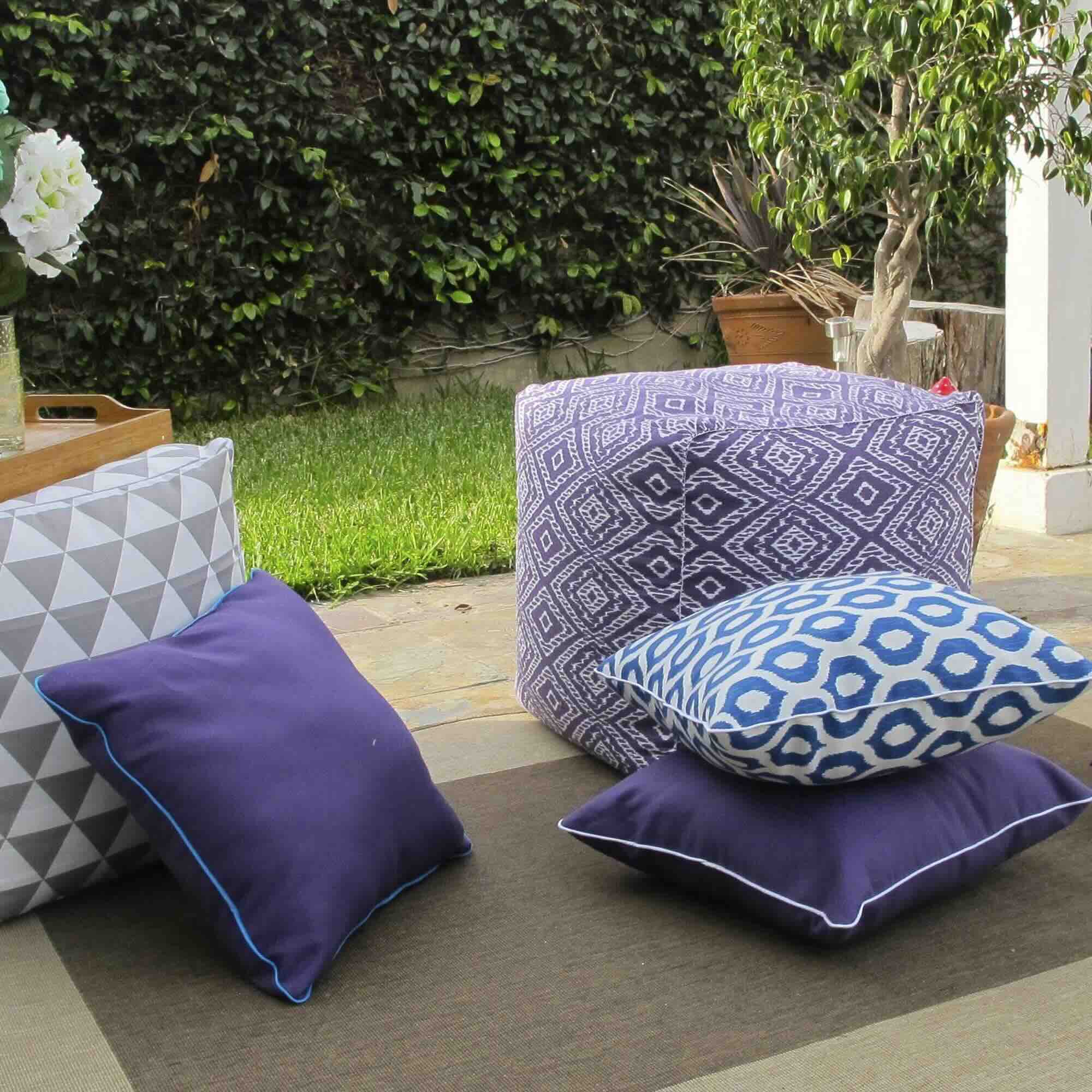
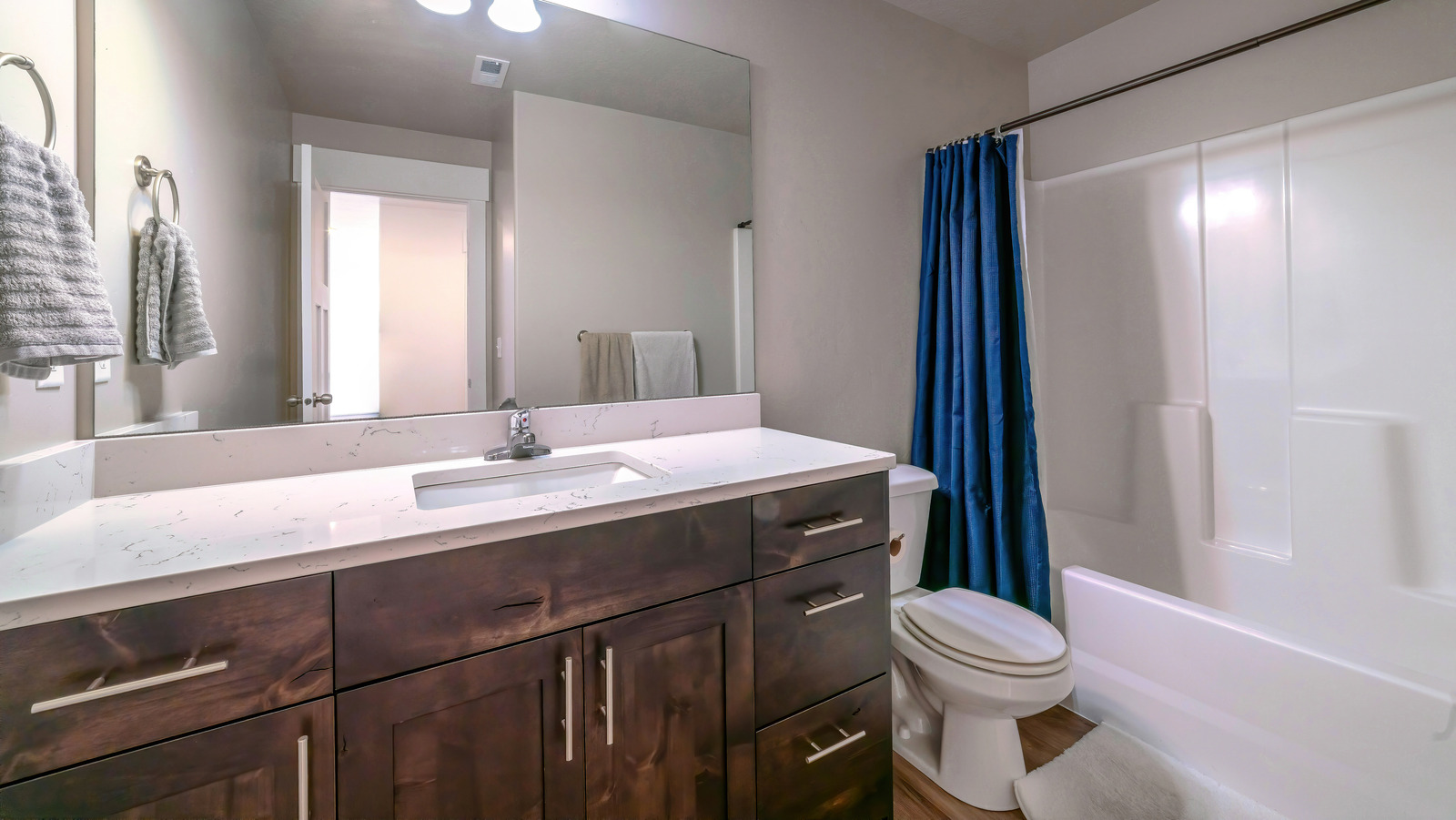
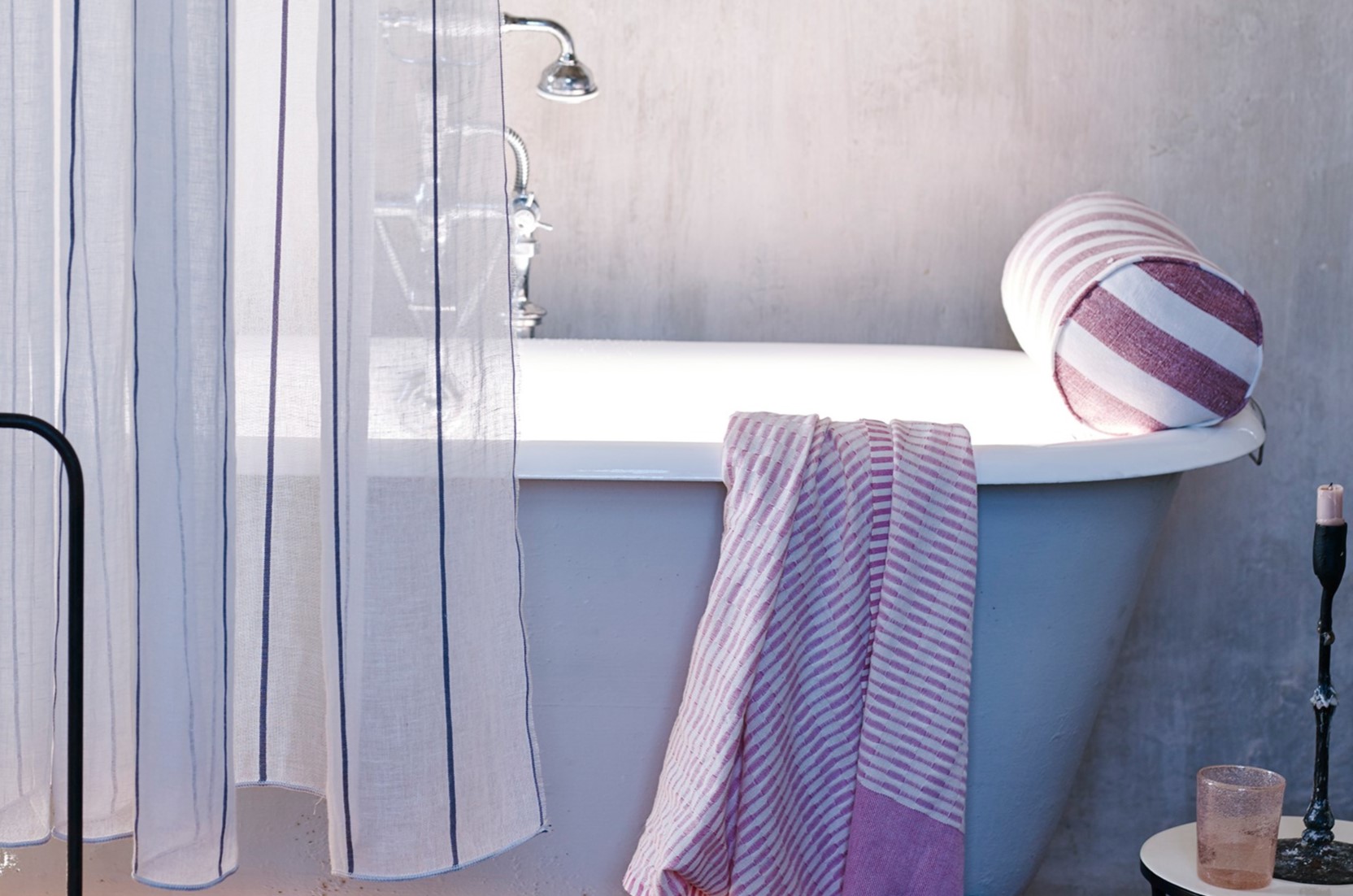

0 thoughts on “How To Keep Curtains In Place”